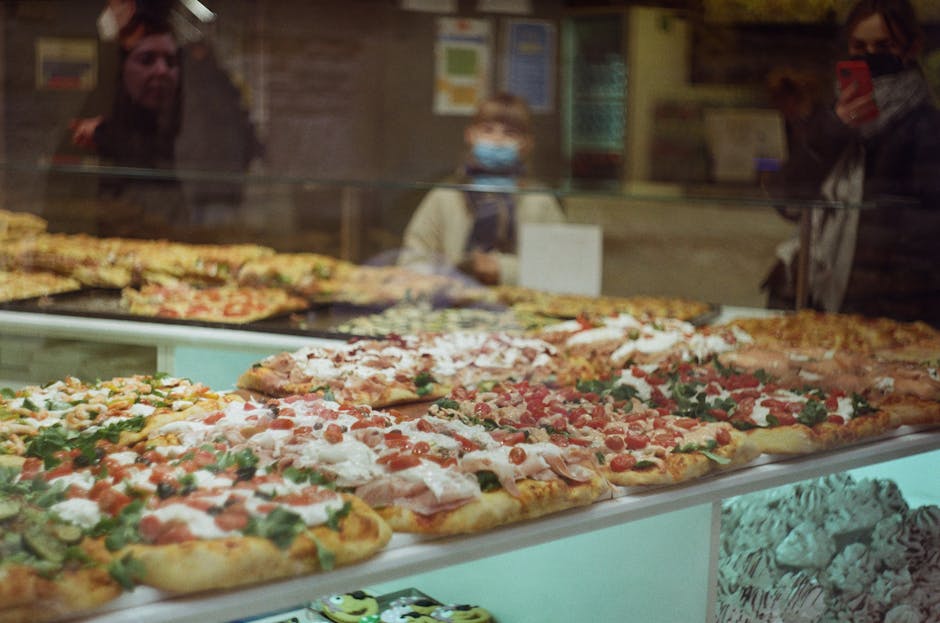
Italy’s culinary landscape has long been revered for its rich history and tradition. Yet, as we move into 2025, the nation’s gastronomic scene is evolving in exciting new ways. Reporter Gourmet has been at the forefront of documenting these changes and has identified some key food trends that are shaping Italy’s culinary future. From innovative approaches to classic dishes to the integration of sustainable practices, these trends offer a glimpse into how Italy’s food culture is developing and adapting to modern tastes and concerns.
Italy’s Embrace of Plant-Based Cuisine
As sustainability becomes an ever-pressing global issue, Italy is seeing a significant shift towards plant-based cuisine. While traditional Italian dishes are known for their rich use of meats and cheeses, 2025 marks a noticeable pivot.
- Innovative Plant-Based Alternatives: Chefs across Italy are creatively using local ingredients to craft plant-based versions of beloved dishes such as lasagna and risotto. These alternatives maintain the richness of flavor while reducing the environmental footprint.
- Regional Vegetables in the Spotlight: Indigenous vegetables like chicory, artichokes, and radicchio are becoming the stars of Italian meals, prepared in ways that celebrate their natural flavors.
Rediscovery of Ancient Grains
In an effort to reconnect with traditional agricultural practices, there is a booming interest in ancient grains. These grains are not only valued for their rich nutritional profiles but also for their storied pasts and unique flavors.
- Farro and Einkorn: These grains are making a comeback in both rustic and gourmet dishes. From hearty soups to exquisite bread, ancient grains are becoming a staple in contemporary Italian cuisine.
- Sustainability and Health: Their resilience and adaptability to Italy’s diverse climates make them an environmentally friendly choice, while their nutritional benefits align with health-conscious eating trends.
Gourmet Street Food Revolution
Street food in Italy has traditionally been simple and satisfying. However, 2025 sees gourmet influences transforming this beloved aspect of Italian culture.
- High-End Street Food Festivals: Cities like Rome and Milan host events that showcase elevated street food, offering everything from truffle-infused arancini to gourmet gelato flavors.
- Fusion Flavors: Chefs are experimenting by blending Italian street food with international cuisines, creating exciting fusion dishes that attract locals and tourists alike.
Artisanal Beverages on the Rise
Italy’s beverage scene is expanding beyond its famous wines and coffees, with a surge in artisanal and craft beverages.
- Craft Beer Movement: Microbreweries are sprouting up across the country, offering a rich variety of uniquely Italian craft beers that often incorporate local ingredients.
- Innovative Non-Alcoholic Options: There is a growing trend towards non-alcoholic beverages with complex flavor profiles, catering to a more health-conscious and diverse demographic.
Sustainability and Culinary Tradition
While innovation is key, Italy’s culinary evolution remains deeply rooted in tradition. The challenge has been harmonizing the past with sustainable practices for the future.
- Farm-to-Table Initiatives: Chefs are increasingly partnering with local farmers to ensure transparency and sustainability in their food sourcing.
- Zero-Waste Kitchens: Many restaurants are adopting zero-waste policies, utilizing every part of their ingredients and minimizing food waste through innovative cooking techniques.
Culinary Tourism Thrives
Italy continues to be a premier destination for culinary tourism, with new experiences and tours that allow visitors to delve deep into the country’s food history and modern innovations.
- Regional Tasting Tours: Tours that focus on specific regions allow tourists to discover diverse local flavors and culinary practices that are unique to Italy.
- Cooking Classes with Renowned Chefs: International visitors can now partake in cooking classes led by esteemed Italian chefs, providing hands-on experience in crafting traditional and modern Italian dishes.
FAQ
What are the main food trends in Italy for 2025? The main trends include plant-based cuisine, rediscovery of ancient grains, gourmet street food, artisanal beverages, and a focus on sustainability.
How is Italy addressing sustainability in its culinary practices? Italy is embracing farm-to-table initiatives, promoting zero-waste kitchens, and prioritizing local and seasonal ingredients.
Are there any changes in Italy’s beverage industry? Yes, there is a notable rise in craft beers and innovative non-alcoholic beverages that cater to health-conscious consumers.
How can tourists experience Italy’s evolving food culture? Tourists can engage in regional tasting tours and cooking classes, offering a deep dive into both traditional and modern Italian culinary practices.
Conclusion
As Italy navigates the delicate balance between tradition and innovation, its culinary scene in 2025 offers a rich tapestry of flavors and experiences. Whether you’re a local or a visitor, embracing these trends provides a unique opportunity to savor Italy’s evolving food culture while supporting sustainable practices. As the country continues to adapt and grow, its commitment to culinary excellence remains unwavering, promising a delicious future for all who partake in its gastronomic offerings.


